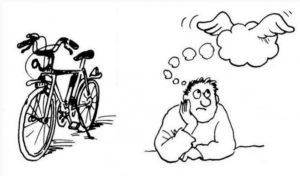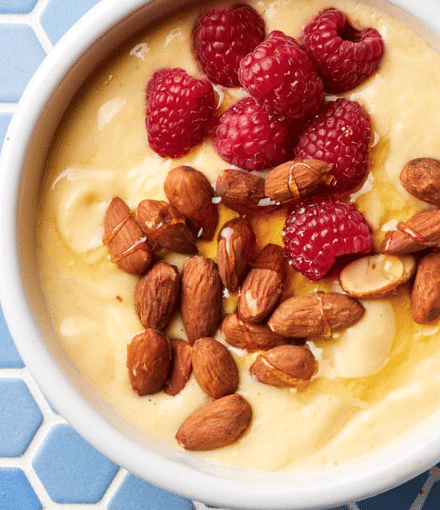 The team – from the Max Planck Institute for Human Cognitive and Brain Sciences in Leipzig, Germany – reports the findings in the journal Current Biology.
The team – from the Max Planck Institute for Human Cognitive and Brain Sciences in Leipzig, Germany – reports the findings in the journal Current Biology.
Many people – based on their school experience – would probably say that rote learning of long lists is perhaps not the best approach, but the study authors say it is largely unclear how the human brain optimally learns foreign languages.
The study suggests adding images to learning by reading and listening helps, but adding gestures helps even more, particularly when those gestures – which engage the motor senses – are performed by the learners themselves.
For their study, Katharina von Kriegstein – professor and leader of the Neural Mechanisms of Human Communication Group at Max Planck – and colleagues used Vimmish, an artificial language they developed themselves that has similar phonetic rules to Italian.
Over the course of a week, they invited a group of young men and women to memorize the meaning of concrete (for example, “bicycle”) and abstract (for example, “thought”) nouns in Vimmish using three different approaches.
In the first approach, the learners read the Vimmish word and its translation and also heard it. In the second approach, the reading and listening method was also accompanied by seeing an image and a gesture that either drew the image in the air or symbolized it.
The third approach was similar to the second, except the learners performed the gesture themselves.
Next, the learners were tested on their recall of the meaning of the Vimmish words they had learned while the researchers took functional magnetic resonance imaging (fMRI) scans of their brains.
Recall was better when enriched with pictures and self-expressed gestures
The results showed that recall was better when the words had been learned with gestures and pictures, compared with just listening and reading – particularly when the learners performed the gestures themselves.
When they analyzed the brain scans, the researchers found different parts of the brain correlated with the approaches had been used to learn the word; recalling words learned with pictures activated the visual system, while recalling words learned through gestures activated the motor system.
The team says they now want to find out whether the activity in the motor and visual centers is actually the cause of the improved learning. They plan to do this by activating brain cells in those regions using electrodes and measuring the effect on learning results.
Speculating on the notion that the more senses that are engaged the better the learning, Prof. von Kriegstein says: “That could well be so, but we don’t know how much the learning outcomes improve with the addition of more senses.” She adds:
“Ideally, however, the individual sensory impressions should match one another. In other words, to learn the Spanish word for apple, the subject should make an apple gesture, taste an apple or look at a picture of an apple.”
MNT DT






